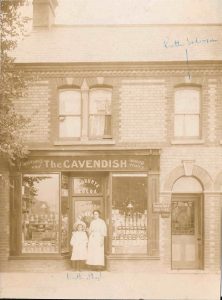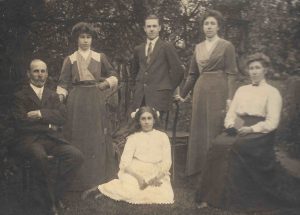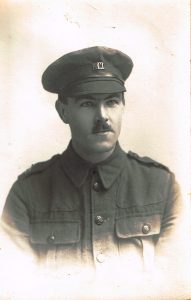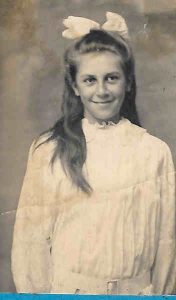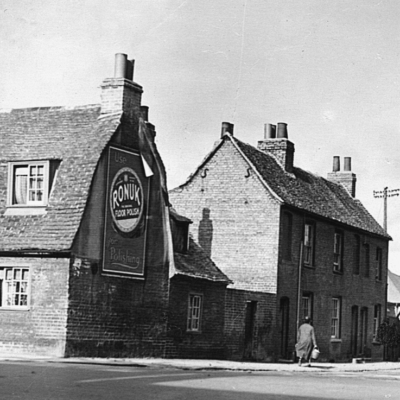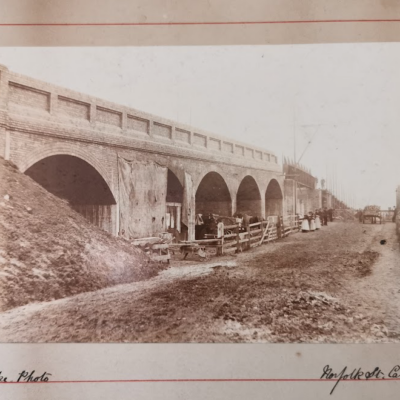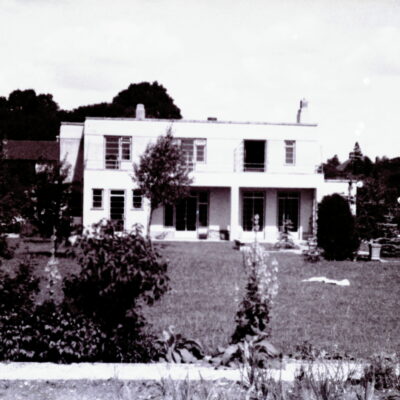Search by topic
- archaeology
- Building of Local Interest
- chapel
- charity
- church
- crime
- dressmaker
- fire
- Great Eastern Railway
- Listed building
- Mapping Relief
- medieval
- oral history
- poverty
- Public House
- Religious House
- Roman
- scholar
- school
- Then and Now
- tudor
- women
- work
- world war one
- world war two
Search by text
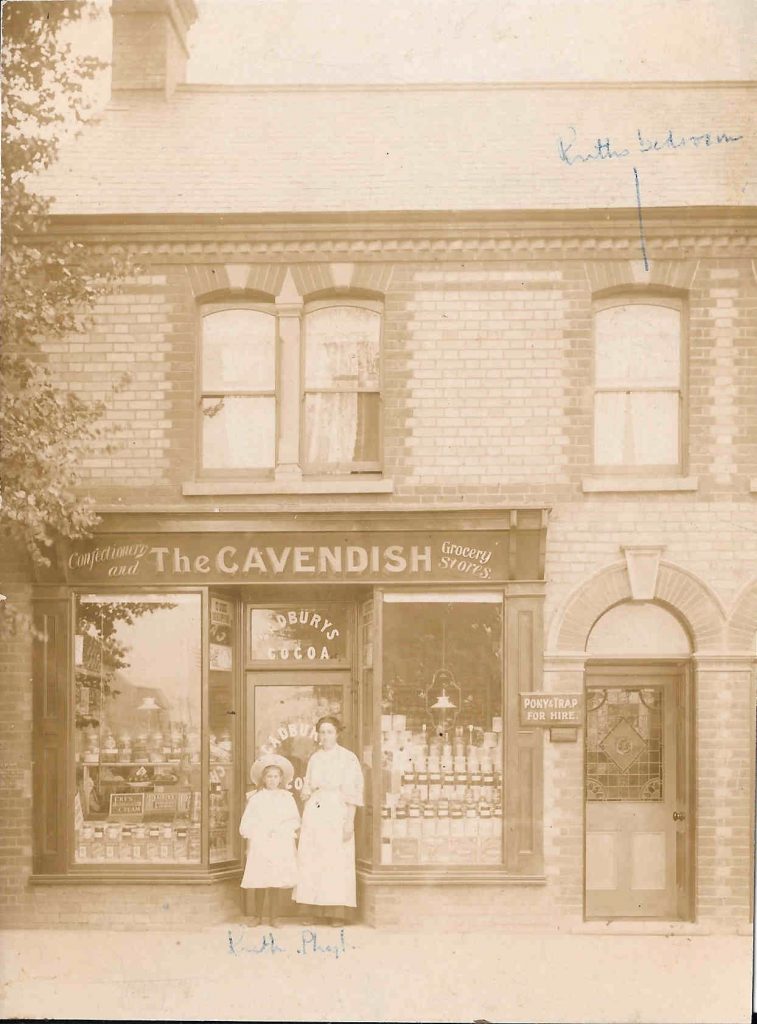 164 Hills Road, Cambridge
164 Hills Road, Cambridge164 Hills Road The Cavendish Stores
History of 164 Hills Road
1911 census
Thomas Drake, 50, grocer, born Isleham
Nellie Drake, 46, born Newmarket
Mabel Drake, 24, dressmaker at home, born Newmarket
Phylliss Drake, 22, assistant in shop, born Newmarket
Harold Drake, 16, bicycle cleaner, born Newmarket
Ruth Drake, 11, born Newmarket
1939
Alexander Wyatt, b 1915, garage petrol attendant
Doris H, b 1903, shopkeeper
Irene G Root, b 1913, shop assistant drapery
1962
James W R Quinney, stationer and post office
These premises started out as a grocer’s, then became the St John’s Post Office. By 2016 it was a fast food outlet, ‘Chicken Rush.’
Much of the information that follows is based on interviews and notes from Bryan Harris, nephew of Harold Drake, collected by the Friends of Rock Road Library for their 2015 World War One local history exhibition supported by the Heritage Lottery Fund.
The 1901 census lists Thomas Drake, aged 40, painter and house decorator, at 181 Blinco Grove (Melbourn Villa). With him live his wife Ellen (36), children Edith (14), Phyllis (12), Thomas Harold (6) and Ruth (1).
Thomas’s older brother William lived at this time in Cherry Hinton Road, no.127, and ran the grocer’s and post office on the corner with Derby Road.
Perhaps inspired by his brother, by the time of the next census in 1911, the family is at 164 Hills Road where Thomas is a grocer, Edith is a dress maker, Phyllis assists in the shop, Harold cleans bicycles and Ruth is still at school.
164 Hills Road
The Drake family lived in Blinco Grove before they moved into the newly built shop in Hills Road, The Cavendish Stores, – ‘The Cav’. Bryan Harris’s mother Ruth in this photo is dressed in her regulation white dress and broad brimmed straw hat alongside her older sister Phil. The shop was the family enterprise, offering not only confectionery and groceries for sale, but also a pony and trap for hire or even a bath chair. Bryan’s father always said that their real speciality was the home made ice cream. They ran a teashop behind the grocery in their living room.
From left to right, Thomas Drake, Edith ‘Rab’ who took in needlework and dress-making, Harold who was set up by his father in a cycle repair business, Phil, who became a nurse, and Ruth on the ground.
Bryan recalled, “Once a week in the summer, my mother’s two sisters would get up at 3 in the morning to have all the family washing done by 6 in time for my mother to scald the milk for the ice cream.”
The whole family were members of the ‘Exclusive’ sect of the Plymouth Brethren. They devoted their lives to simplicity based on their interpretation of the New Testament. All forms of entertainment were taboo; theatres, cinemas, concert halls and later radio and television were banned as “instruments of the Devil.” Their meeting house was the building on Mawson Road that by the late 20th century was a mosque.
Members of the sect were expected to be conscientious objectors to military service based on their interpretation of Jesus’s saying in Matthew chapter 26: “For all they that take up the sword shall perish with the sword.” In 1916 when conscription, several members of the family were ordered to register for military service. They struggled with their consciences over this and Harold decided not to.
The Government then brought in a Conscience Clause whereby Conscientious Objectors (“COs”) had to face a tribunal. They also created the “Non Combatant Corps” (NCC) – the only regiment in the British Army that didn’t carry the Crown on its cap-badge.
The tribunal at Cambridgeshire County Court were happy that Harold and Bryan’s father, Walter Harris, were genuine in their Christian beliefs. Harold was enlisted into the NCC and worked with soldiers preparing for the front on Salisbury Plain; Walter was sent to work at a Northamptonshire water-mill. After the war Harold set up a successful bike and car repair business on Hills Road, on the corner of Russell Street. Their friend, Walter Freeman, who had enlisted joined the Manchester Regiment and was killed in his first week at the Front.
Ruth began to attend Morley Memorial School in 1910. She began her life long friendship with her teacher, Connie Tompkins, who had been a student at Homerton and had first begun to frequent ‘The Cav’ when Ruth was 7. Her son Bryan remembered that she had recalled seeing a Zeppelin pass over Cambridge. She also remembered how, towards the end of the war, recruiting officers rounded up tramps and gypsies and trained them on the playground of the Boys’ County High School next door to their shop. She recalled seeing, before the war, George V and his cousin Kaiser Bill riding past their shop on the way to the Gog Magog hills to watch army manoeuvres [May 1911].
Sources: interview [FRRL]
Contribute
Do you have any information about the people or places in this article? If so, then please let us know using the Contact page or by emailing capturingcambridge@
License
This work is licensed under CC BY-NC-SA 4.0





